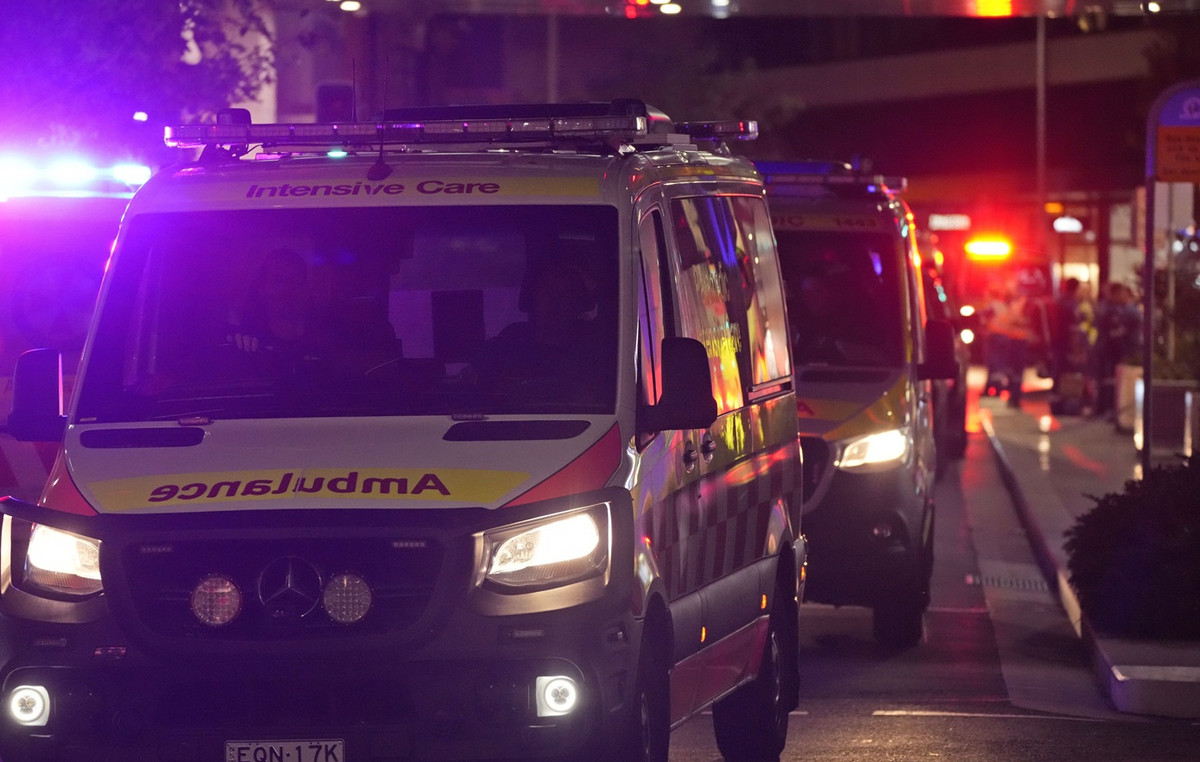A survey by the Oswaldo Cruz Foundation (Fiocruz) points to a worsening in the epidemiological scenario of Covid 19 in Brazil in recent weeks. Between January 2 and 15, there was a significant increase in the number of infections by the coronavirus, with an average of 49,000 cases per day, a difference of six times that observed in early December last year.
Despite the increase in cases of the disease, there was no increase in the number of deaths. According to experts, this demonstrates the importance of vaccination that completed one year this week.
Between January 10 and 17, there was an increase in the occupancy rate of intensive care beds for Covid-19 in the country’s Unified Health System (SUS) network. Ten Brazilian states and the Federal District have an occupancy rate between 60% and 80%, considered an intermediate alert zone. In the survey carried out last week, there were six regions, including the Federal District, in an intermediate alert zone.
In addition to Pernambuco, three other states –Espírito Santo, Mato Grosso and Goiás– are added to the list of those considered to be in a critical alert zone, when occupancy rates are equal to or greater than 80%.
The situation in Pernambuco, in particular, draws the attention of researchers, due to the number of beds already available and the maintenance of the occupancy rate considered at a high level. Another twelve states remained outside the alert zone.
Due to the lag in data from the Rio de Janeiro Health Department, Fiocruz researchers were unable to assess the situation of ICU beds in the state. In a note, the folder informed that there was an instability of the system between January 14 and 17, and that is why it was not possible to enter the data in the system.
The researchers also highlight the increases in rates in São Paulo, which jumped from 35% to 49% and Paraná, from 46% to 56%, regardless of whether they remain outside the alert zone.
Among the capitals with disclosed rates, Fortaleza (85%), Recife (80%), Belo Horizonte (88%), Rio de Janeiro (95%) and Cuiabá (100%) are in the critical alert zone and Porto Velho (66 %), Manaus (77%), Boa Vista (60%), Palmas (69%), São Luís (68%), Teresina (66%), Salvador (65%), Vitória (78%), Curitiba (61%) %), Campo Grande (77%), Goiânia (77%) and Brasília (74%) are in the intermediate alert zone.
In the case of the city of Rio de Janeiro, 95% of the beds available in the SUS network are occupied. Of 455 SRAG/Covid-19 ICU beds available, 433 were occupied. Among the 433 employed, 43.7% were with patients with active Covid-19 and 51.4% with patients with other causes of hospitalization.
The Fiocruz Bulletin also highlights the greater presence of younger ages, both for hospitalizations and deaths. In particular for hospitalizations, attention is drawn to the presence of children up to 2 years of age in hospitalizations, which according to experts, is an indication that the group came to occupy a prominent place in the pandemic in late 2021 and early 2022.
“For ICU admissions, there seems to be a new form of distribution, in which younger adults and less-lived elderly people come to share the profile that most requires intensive care. The coming weeks could change the dynamics of hospitalizations for Covid-19 in the country”, say the experts.
For the researchers, a substantial part of hospitalizations in SARS/Covid-19 ICU beds are related to the wave caused by the Ômicron variant. Even considering that part of the cases refer to records that were retained in the systems, the predominance of the strain shows, according to the survey, an evident trend towards an increase in the transmission of the disease. This trend of accelerated increase in the number of cases had already been observed in Europe and more recently in South America, mainly in Argentina and Uruguay.
Fiocruz reinforces the need to advance in vaccination, in addition to adopting other measures to control the spread of Covid-19, with the strengthening of the mandatory use of masks and vaccination passport in public places.
In addition, the researchers defend the implementation of campaigns to guide the population about self-isolation when they present symptoms, even avoiding intra-household transmission, that is, between people who live in the same house.
Reference: CNN Brasil







